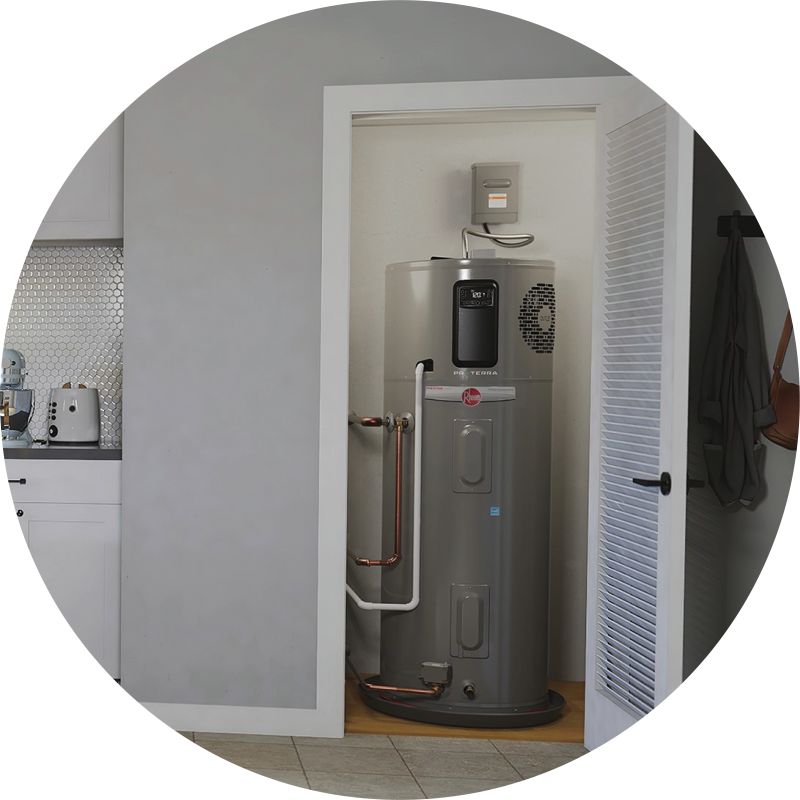Best Practices for Maintaining Your Home's Hot Water SystemHow to Maintain Your Home's Hot Water System Functioning Well
Best Practices for Maintaining Your Home's Hot Water SystemHow to Maintain Your Home's Hot Water System Functioning Well
Blog Article
Almost everyone seems to have their private perception about Tips For Maintaining Your Hot Water Heater.
:max_bytes(150000):strip_icc()/reasons-gas-water-heater-not-working-5212987-hero-fe6b82a59053421c88b7d13ea311d3c5.jpg)
Hot water is necessary for daily convenience, whether it's for a revitalizing shower or washing recipes. To ensure your warm water system runs efficiently and lasts much longer, normal maintenance is vital. This article supplies practical tips and insights on just how to maintain your home's warm water system to stay clear of interruptions and expensive fixings.
Introduction
Keeping your home's hot water system may appear daunting, but with a couple of simple steps, you can guarantee it operates smoothly for several years to come. This guide covers every little thing from understanding your warm water system to DIY upkeep tips and understanding when to call in expert help.
Value of Maintaining Your Hot Water System
Normal maintenance not just extends the life expectancy of your warm water system however additionally ensures it operates successfully. Neglecting upkeep can bring about reduced performance, greater energy expenses, and also premature failure of the system.
Indications Your Warm Water System Demands Maintenance
Knowing when your hot water system needs interest can stop significant concerns. Look out for signs such as inconsistent water temperature, odd sounds from the heating system, or corroded water.
Understanding Your Warm Water System
Prior to diving right into upkeep jobs, it's helpful to understand the basic elements of your hot water system. Normally, this includes the water heater itself, pipes, anode poles, and temperature level controls.
Regular Monthly Upkeep Tasks
Regular monthly checks can help catch minor issues before they escalate.
Flushing the Water Heater
Flushing your water heater removes sediment buildup, improving efficiency and prolonging its life.
Monitoring and Changing Anode Rods
Anode poles protect against deterioration inside the container. Evaluating and changing them when worn out is crucial.
Inspecting and Readjusting Temperature Level Settings
Changing the temperature settings ensures optimal efficiency and safety and security.
Do It Yourself Tips for Upkeep
You can carry out several maintenance jobs on your own to maintain your hot water system in leading problem.
Checking for Leaks
Routinely inspect pipelines and links for leaks, as these can result in water damage and greater costs.
Checking Pressure Relief Valves
Examining the pressure relief valve guarantees it works properly and prevents too much stress accumulation.
Insulating Pipelines
Protecting hot water pipelines minimizes warm loss and can save power.
When to Call an Expert
While DIY upkeep is helpful, some issues call for expert knowledge.
Complex Concerns Needing Professional Aid
Examples consist of major leaks, electric issues, or if your hot water heater is regularly underperforming.
Regular Specialist Maintenance Advantages
Professional upkeep can consist of comprehensive assessments, tune-ups, and making sure compliance with safety criteria.
Final thought
Regular upkeep of your home's warm water system is vital for performance, durability, and price financial savings. By following these pointers and understanding when to seek specialist assistance, you can ensure a reliable supply of warm water without unanticipated interruptions.
How to Maintain an Instant Hot Water Heater
Before tinkering with your hot water heater, make sure that it’s not powered on. You also have to turn off the main circuit breaker and shut off the main gas line to prevent accidents. Also turn off the water valves connected to your unit to prevent water from flowing into and out of the appliance. 2. When you’re done, you have to detach the purge valves’ caps. These look like the letter “T” and are situated on either side of the water valves. Doing so will release any pressure that has accumulated inside the valves while at the same time avoid hot water from shooting out and burning your skin. 3. When the purge valves’ caps are removed, you have to connect your hosing lines to the valves. Your unit should have come with three hoses but if it didn’t, you can purchase these things from any hardware or home repair shops. You can also get them from retail stores that sell water heating systems. Read the user’s manual and follow it to complete this task properly. When the hosing lines are connected, open the purge port’s valves. 4. You should never use harsh chemical cleaners or solutions when cleaning your unit. Make use of white vinegar instead. It should be undiluted and you’ll probably use about 2 gallons. 5. Now flush your water heater. This task should probably take about 40 minutes. We can’t give you specific directions for this because the procedure is carried out depending on the type, model and brand of your heater. With that being said, refer to the user’s manual. 6. When you’re done draining the unit, you have to turn off the purge port valves again. Remove the hosing lines that you earlier installed on each of the water valves. Put the valve caps (purge port) back in their respective places and be very careful so as not to damage the rubber discs that are found inside these caps. 7. Now that everything’s back in place, check your user’s manual again to find out how to reactivate your water heating system. 8. Once it is working, turn one of your hot water faucets on just to let air pass through the heater’s water supply pipes. Leave the tap on until water flows smoothly out of it. https://www.orrplumbing.com/blog/2014/september/how-to-maintain-an-instant-hot-water-heater/

I was made aware of that editorial on What Kind of Maintenance Do Water Heaters Need? from a buddy on our other website. Loved our blog? Please quickly share it. Let other people discover it. Thanks a lot for your time spent reading it.
Call Us Now Report this page